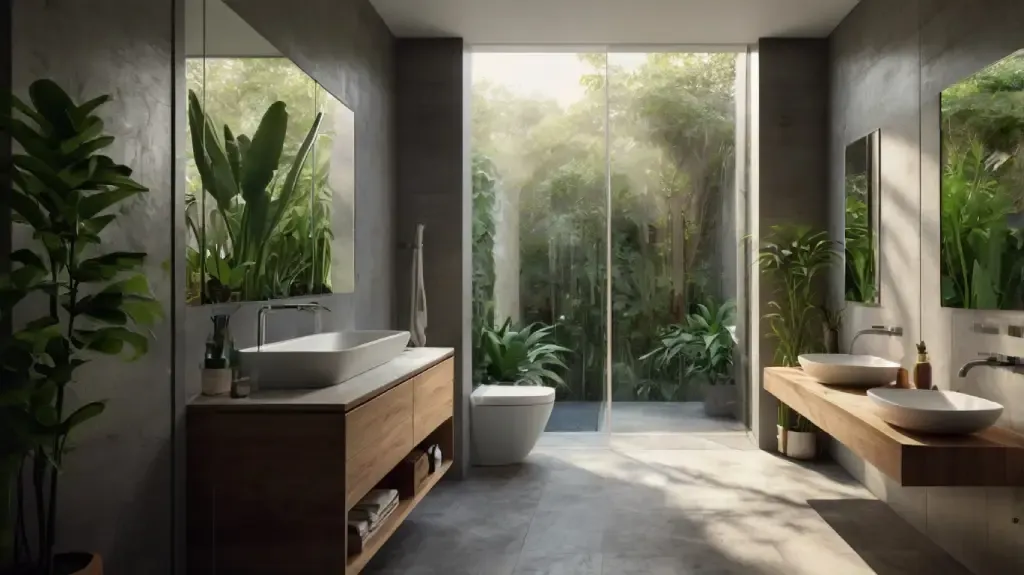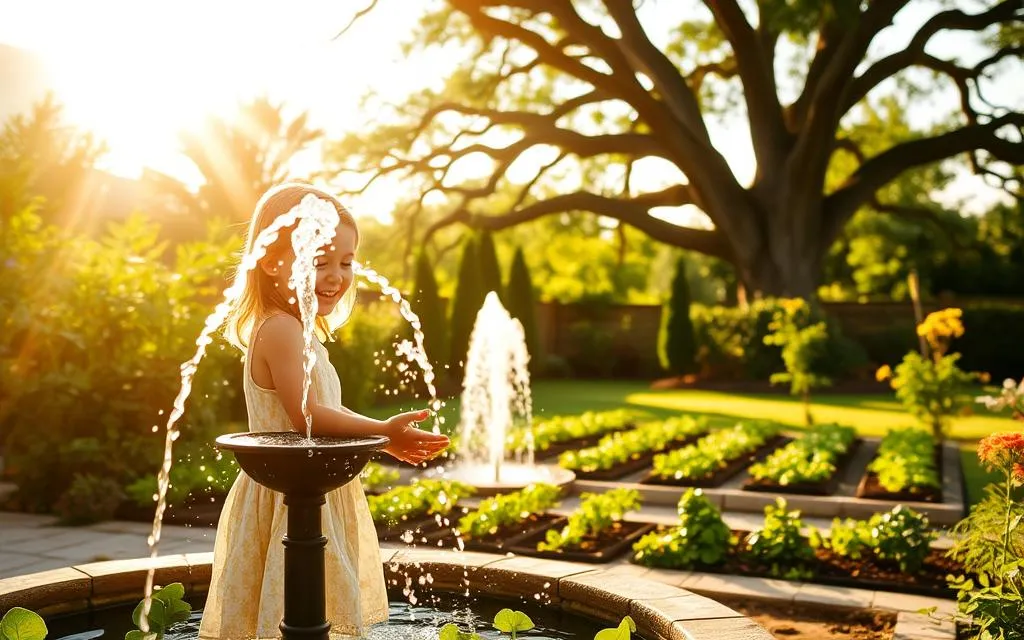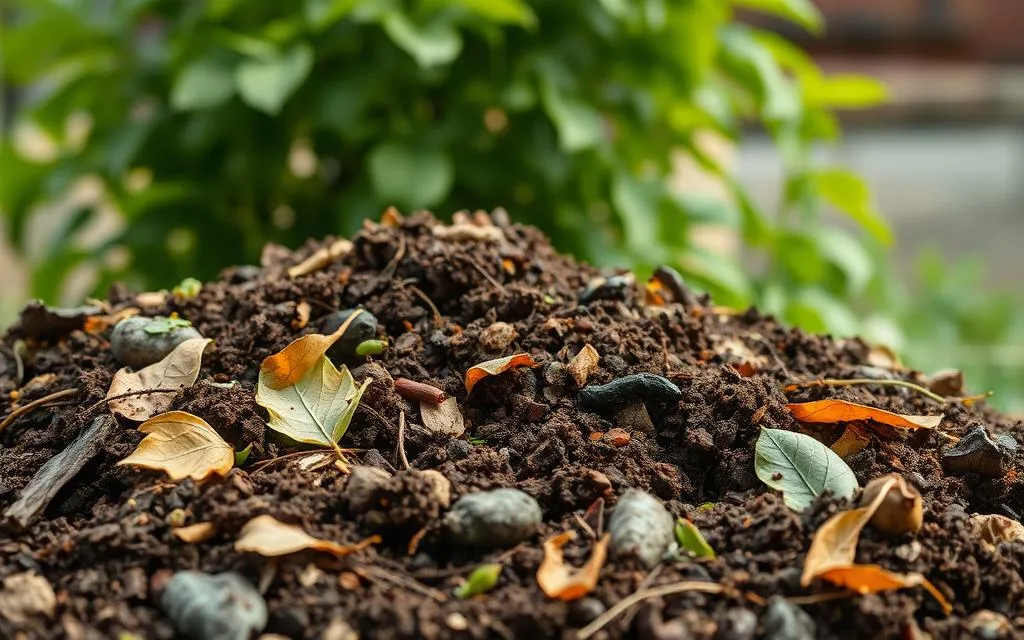Learn how to reduce water usage at home with these simple, practical tips. Save water, money, and contribute to a greener planet today! Water is one of the most essential resources in our daily lives. From washing dishes and showering to watering our gardens and cleaning, we use water for nearly every task in the house. However, as the population grows and water resources become more strained, it’s important to learn how to reduce water usage at home. Not only does it help conserve precious water, but it also reduces your utility bills and contributes to environmental sustainability. In this article, we’ll explore practical ways to reduce water consumption at home. Whether you live in a bustling city or a quiet suburban area, these tips can help you minimize your water footprint and make a positive impact on both your budget and the planet. Water conservation is easier than you think. It starts with making small changes in the way you use water every day. Let’s dive into some of the best strategies for reducing water usage at home. How to Reduce Water Usage at Home 1. Fix Leaks Promptly One of the simplest and most effective ways to reduce water usage at home is to fix leaks as soon as they appear. Leaky faucets, toilets, and pipes are among the biggest culprits when it comes to wasted water. A small drip may seem insignificant, but over time, it can add up to hundreds of gallons of water wasted every month. Toilets: If your toilet is constantly running or has a silent leak, it’s time to replace the flapper or check for any other issues. Faucets: A dripping faucet can waste gallons of water each day. Replacing washers or seals can prevent this. Pipes: Leaky pipes are a bigger issue, but they can often be repaired or replaced by a plumber to prevent significant water loss. By addressing leaks promptly, you can ensure that water is used efficiently in your home. 2. Install Water-Efficient Fixtures Upgrading your fixtures to water-efficient models is another great way to reduce water usage at home. Low-flow faucets, showerheads, and toilets use significantly less water without sacrificing performance. Low-flow Faucets: Install aerators to reduce water flow while maintaining pressure. Water-Efficient Showerheads: Opt for showerheads that use less water but still offer a satisfying shower experience. Dual-Flush Toilets: These toilets offer two options for flushing, one for liquid waste and one for solid waste, helping you save water. By investing in water-efficient fixtures, you can dramatically reduce your water consumption without even noticing the difference. 3. Shorten Showers Taking long, hot showers may feel luxurious, but it can lead to a significant increase in your water usage. The average shower uses about 2.5 gallons of water per minute. By shortening your shower time by just a few minutes, you can save gallons of water each week. Set a Timer: Try setting a timer to remind yourself to finish up your shower. Use a Low-Flow Showerhead: Combine a shorter shower with a water-efficient showerhead to maximize savings. Shower with Purpose: Avoid long, indulgent showers and make each shower count. Shortening your showers is an easy and effective way to conserve water at home. 4. Turn Off the Tap While Brushing Teeth This is a simple habit that can make a big difference. Many people leave the water running while brushing their teeth, wasting gallons of water in the process. By turning off the tap while you’re brushing, you can save a significant amount of water over time. Turn off the water: Only turn the water on to rinse your mouth or wash your toothbrush. Use a Glass of Water: Fill a small cup with water to rinse your mouth instead of letting the water run. By turning off the tap, you’ll save water with minimal effort. 5. Use a Dishwasher and Washing Machine Efficiently Dishwashers and washing machines are essential for cleaning our clothes and dishes, but they can use a lot of water if not used properly. By using these appliances efficiently, you can reduce water consumption. Full Loads Only: Only run the dishwasher or washing machine when they’re full. This ensures that water is used as efficiently as possible. Choose Eco-Friendly Settings: Many modern dishwashers and washing machines have eco-friendly settings that use less water. Avoid Pre-rinsing: For dishwashers, skip pre-rinsing. Modern dishwashers can clean effectively without this step. By being mindful of how and when you use these appliances, you can save significant amounts of water. 6. Water Your Garden in the Morning or Evening Watering your garden during the hottest part of the day can result in excessive evaporation, wasting water that never reaches your plants. Instead, water early in the morning or in the evening when temperatures are cooler. Morning Watering: Watering in the early morning gives plants time to absorb the moisture before the heat of the day. Evening Watering: Watering in the evening prevents the water from evaporating too quickly and gives plants the opportunity to absorb it overnight. Watering at the right times can ensure that you use water efficiently and that your plants thrive. 7. Collect Rainwater Collecting rainwater is an eco-friendly way to reduce your reliance on tap water for irrigation. Setting up a rainwater harvesting system is easy and can provide you with a free water source for your garden or lawn. Rain Barrels: Install rain barrels at the downspouts of your gutters to collect rainwater. Use for Non-Potable Needs: Use collected rainwater for watering plants, washing your car, or cleaning outdoor areas. Rainwater harvesting is an excellent way to reduce your water usage and support sustainable practices. 8. Use a Broom Instead of a Hose When it comes to cleaning driveways, patios, and sidewalks, using a hose to wash away dirt and debris can waste a significant amount of water. Instead, use a broom to sweep away debris. Save Water: Sweeping with a broom uses no water at all. Environmentally Friendly: You’ll be saving






